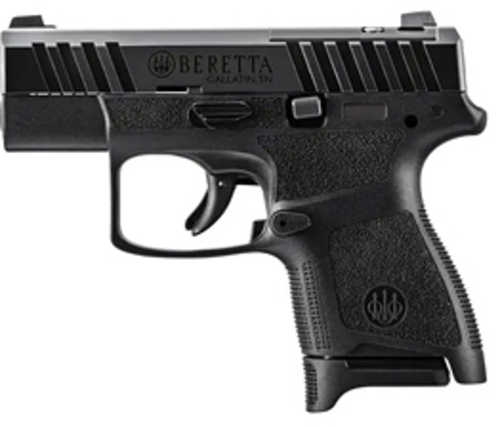



| Beretta | ||
| Phone: | 301-283-2191 | |
| Email: | lrose@berettausa.com | |
| Website: | http://www.berettausa.com | |
| Address: |
17601 Beretta Drive Accokeek, MD 20607 |
|
| Quantity Available | Price |
|---|---|
| 11 | $445.21 |
| 10 | $455.10 |
| 33 | $477.86 |